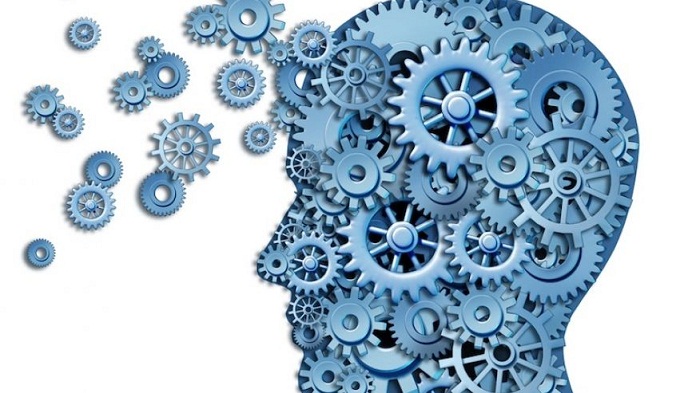The team at Stanford University found that infusions of plasma from healthy young men didn’t hurt the 18 Alzheimer’s patients who got them. And a few of the patients seemed to do a little better in the skills of everyday living, although memory and thinking skills were not affected.
This does not mean that blood transfusions could treat Alzheimer’s disease, researchers cautioned. The study is a very long way from showing that. But it does show it’s worth going forward with more tests, said Dr. Sharon Sha, who ran the test program at Stanford.
“Although it’s very exciting, it is very early days,” added Sha.
“We need to do the next steps to understand what is in the young plasma.”
Plasma is the liquid part of blood, with the red cells and immune cells removed.
The researchers were working off earlier studies from the lab of Tony Wyss-Coray at Stanford, who found that infusing young human plasma into old mice seemed to perk them up. The work made headlines and launched a company, Alkahest, that’s working to develop young human plasma into treatments for aging-related diseases.
Alkahest plans to move forward with formal clinical trials in 40 volunteers next year, said Joe McCracken, vice president for development at the company.
"We do have a study with what we think is a commercially viable product that will start early next year," McCracken said.
Stanford was doing what’s called a proof of concept trial, just to check the safety of the treatment, in 18 volunteers with moderate Alzheimer’s disease.
At first they did what’s called a blinded trial --- treating half the patients with real plasma, and giving half the patients a sham infusion, with no one knowing which patient got the real treatment. Then they swapped the two sides.
Later, because it was taking so much time and effort, they cut the trial to just nine people and all nine knew they were getting the real thing – a unit of plasma, once a week for a month, from healthy young men under the age of 30.
There was no measurable effect on memory or thinking, the team told the Clinical Trials on Alzheimer’s Disease conference in Boston. But Sha said on two measurements of function there was a difference in answers the caregivers gave on a questionnaire.
“Anecdotally, when I saw these patients and caregivers, those that did say they had an improvement…they might have said things like ‘they are more engaged’, ‘they are participating on conversations more’,” she said.
But that doesn’t mean there really was an effect. You just cannot tell with a trial of only 18 people.
“I worry that people would take this information and say, ‘I need to get this. I need to get young blood.’ It’s important to understand the science behind this first,” Sha said.
More than 5 million Americans have Alzheimer’s, and this number is expected to grow as the population ages. There’s no cure, and treatments that have looked promising have flopped in big trials.
“There are things you can do but right now there is no drug that is actually going to slow down the progression of the brain disease in Alzheimer’s,” said Keith Fargo, director of scientific programs for the Alzheimer’s Association.
But Fargo called the findings intriguing.
“They showed it was safe and tolerable treatment at least for this small number of people,” Fargo said.
Sha says it’s not clear what might be found in plasma from young people that might help the symptoms of Alzheimer’s. “There is a theory that there is an inflammatory process that is driving the disease and the plasma is helping that,” she said.
Any actual treatment would not involve whole plasma, McCracken said.
He said the company has developed a safer plasma product that has blood clotting factors removed, as well as immunoglobulin. Whole plasma must be matched to blood type.
And, McCracken says, the company is working to figure out just what it is in the plasma that might affect aging and disease.
More about: #Alzheimer
















































